-
Posts
2.332 -
Joined
-
Last visited
-
Days Won
60
Posts posted by Sundiata
-
-
2 hours ago, Nescio said:
With “solid wood” I didn't necessarily intend to imply it was made from a single piece of wood
Ah...
2 hours ago, Nescio said:To clarify, my “solid wood or wicker” question is about these oblong shields:
To be technical, they could be any of four types:
- plain hide with a stick running down the central spine
- wicker, overspun with hide
- wood frame with possible ribs overspun with hide
- "solid wood", like the thyreos, overpun with hide
-
2 hours ago, Nescio said:
This shield is curved, the version used by 0 A.D.'s Kushites is flat.
And these ones are flat as well:
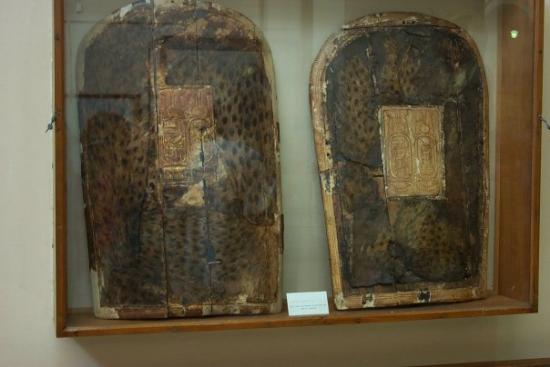
Also clearly made up of vertical segments, just the same as our Napatan temple guard (which means ours is perfect
 ), except for the square golden shield decoration with double cartouche... But that's clearly a royal thing...
2 hours ago, Nescio said:
), except for the square golden shield decoration with double cartouche... But that's clearly a royal thing...
2 hours ago, Nescio said:Are they?
So, the answer is yes
 2 hours ago, Nescio said:
2 hours ago, Nescio said:Metal? Wouldn't leather or cloth be easier to work with?
Maybe you should take another look at the Kushite horse trappings... And Kushite metalworking in general... They had no limits
 lol
lol
These are Kushite plume-holders. Yes, plume-holders... For horses... Yes, horses... It was fixed on top of their head... Yes, their heads.... As you can see, they're both bronze (which is in fact a metal
 )
)
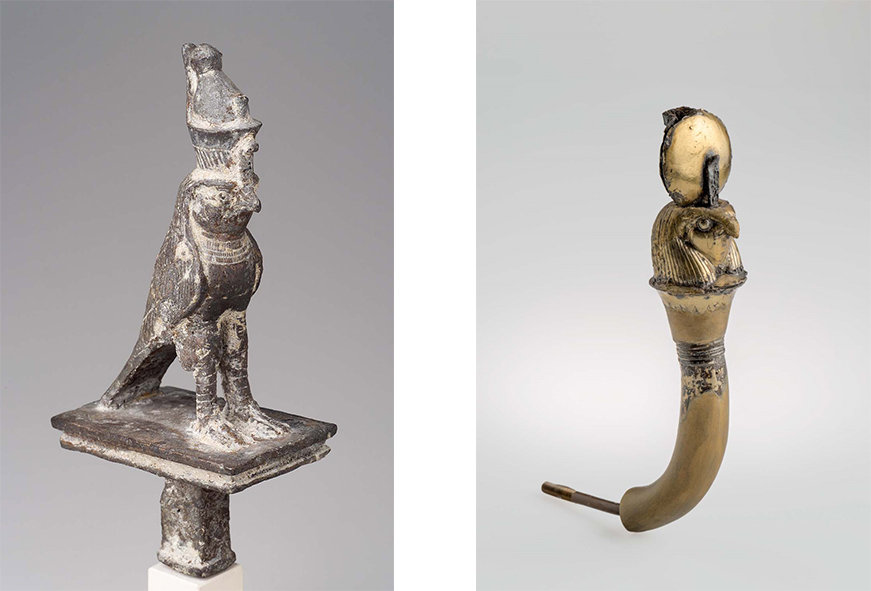
Now go back and take a look at that beautiful New Kingdom Egyptian chariot scene from Nubia (that we've shared about 83 times in this thread by now
 ):
Spoiler
):
Spoiler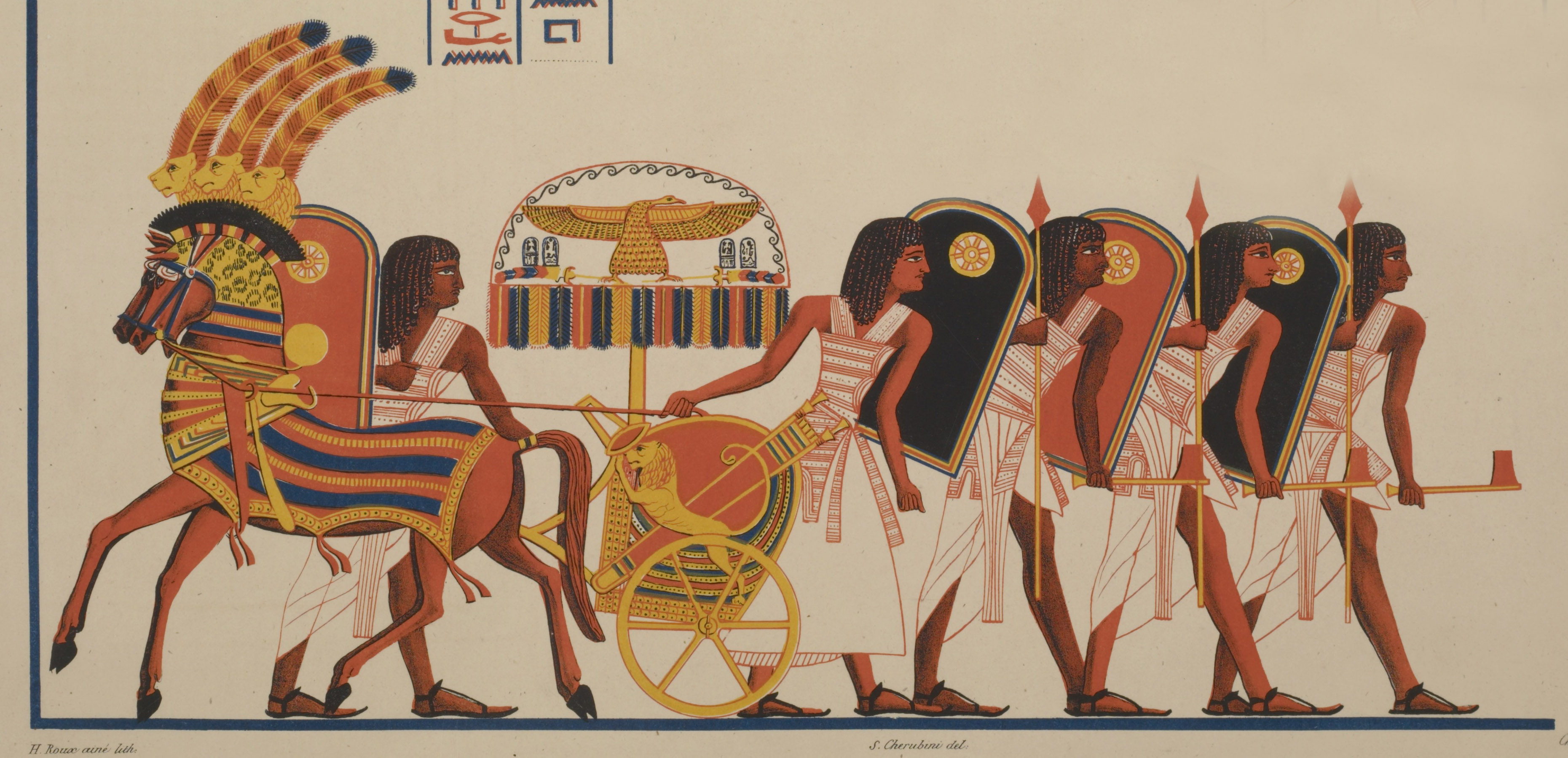
Notice the large golden lions on the horse crown? So why wouldn't they add some thin metal rods for stability in the feathers? I'd do it. Makes your feathers look fabulous, like all the time...
So you also see that my interpretation of the Kushite horse crown was actually a rather modest one

-
-
43 minutes ago, Nescio said:
Given the size of those shields I guess it would make sense if they're made of wicker or perhaps a wooden frame covered by a cowhide, but not from solid wood (which is not impossible but very heavy); cf. Mycenean figure-eight shields or 19th C Zulu Nguni shields.
Yeah, my thoughts. I don't think trees of the size necessary to create a solid wood shield of that size even exist in Northern/central Sudan. I don't think solid wood was used by many people anywhere (it's super-heavy, and easily splits after a while). The shields are good as they are now.
49 minutes ago, Nescio said:What kind of feathers are those? Ostrich? Falcon? Vulture?
I always assumed dyed ostrich feathers. I suspect they might have been attached to small metal rods to keep them straight like that (pure conjecture here)
53 minutes ago, Nescio said:This is a really valuable image, not just for the shields (leopard, cowhide, and giraffe patterns can be easily distinguished), but also for the animals shown below (e.g. the cattle). It's probably better to avoid solid colour cow-hides and use white-with-black/brown/red patterns instead (as it seems you're already doing).
Yup. Solid coloured cattle definitely existed though, the patchy ones are just a lot more common (in Kush at least). There are also solid black shields and other types, but as I said, I think those are painted hides.
There's also this interesting type .From the Theban tomb of the viceroy of Kush. It's very easy to gloss over the fact that the two shields on the right actually have elaborate designs on them.
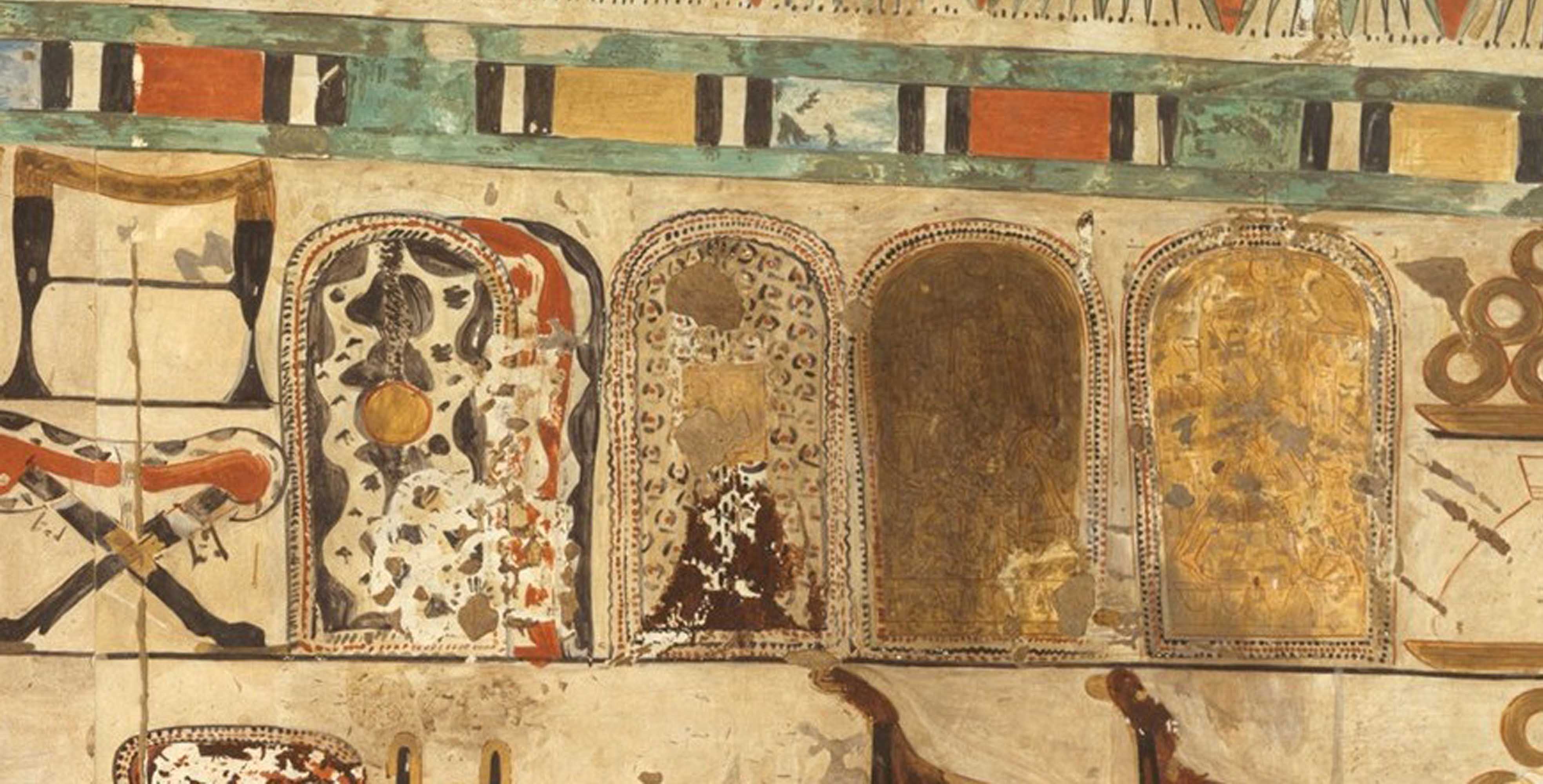
I tried to bump the contrast to make it a little more visible. Both shields have a winged solar disks lining the circular top part of the shield. I can't make out the rest of the left shield, but the right shield clearly depicts a king, standing in profile with legs spread wide apart, and one arm raised up high, holding a spear that points downwards, diagonally across the shield, probably impaling some enemies. A classic execution scene.
Then there's these babies from Tutankhamun's tomb...
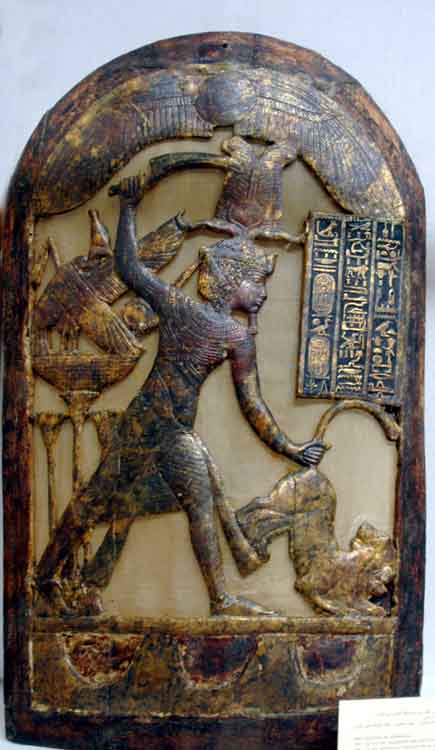
-
1 hour ago, Alexandermb said:
the black base is ok, or it should be a strap around?
Black base is ok. Indeed, when attached to the horses' head, it should look like it's connected to the halter, but I don't think that's going to be a problem as it will sit on top of the upper two bands of the halter anyway.
1 hour ago, Alexandermb said:any prop innanimated model you have in mind in need of an update please tell me, they are far more easy and faster to make than an animation,
Ok, I will
 , Seleucid horse-crown texture coming up (tomorrow or something).
, Seleucid horse-crown texture coming up (tomorrow or something).
-
-
3 minutes ago, wackyserious said:
Can a tunic pelt combination be used for 3rd tier ranks? His cape too, can we include it?
So, a tunic, with a pelt partially draped over it, yes, that's possible. But be aware he shouldn't look like the priest, who also has a leopard pelt draped over one shoulder. I don't know about the leopard cape though
 ...
...
-
@Alexandermb, God, yes!!!!
Compare:
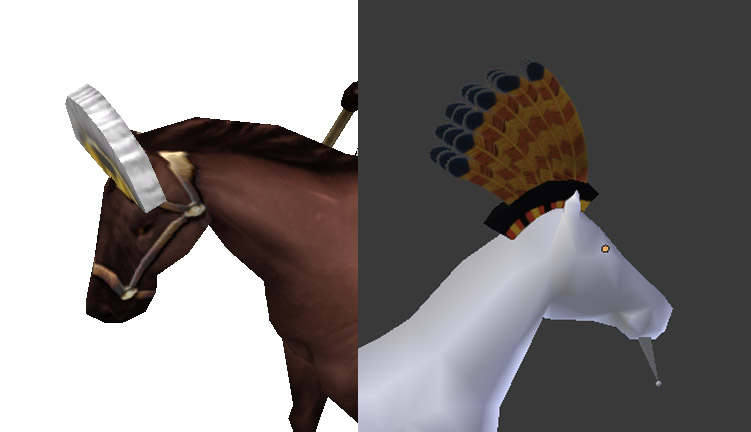
Could you share the files?
Maybe I should make a new horse crown texture for the Seleucids as well now that we're at it? If you want to do the modelling?
-
 2
2
-
-
23 minutes ago, wackyserious said:
These guys will have to go then.

Out of those guys, the guy on the far right is literally perfect for top tier Nubian spearman.. The only other variation for top tier Nubians that would be good is wowgetoofyourcellphones "Blemmye tunic" texture
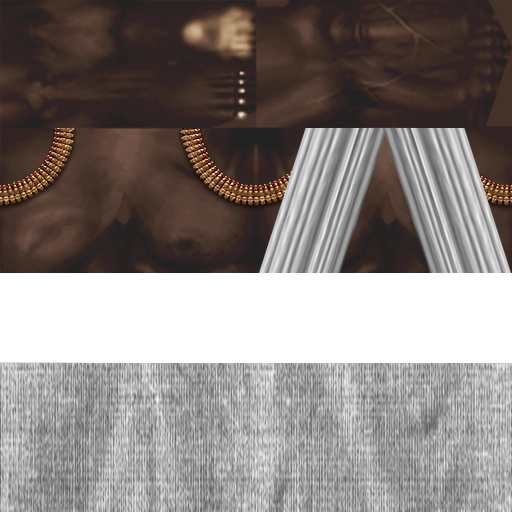
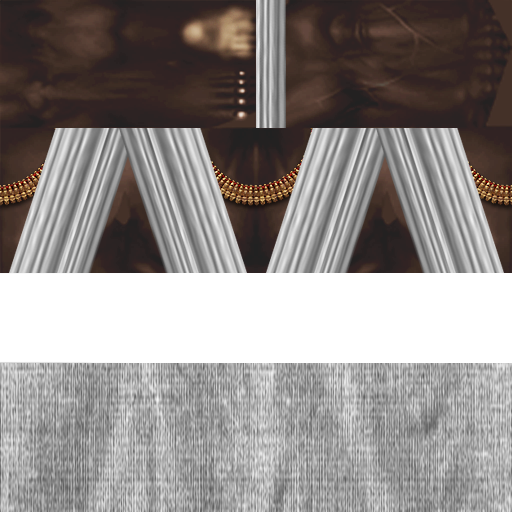
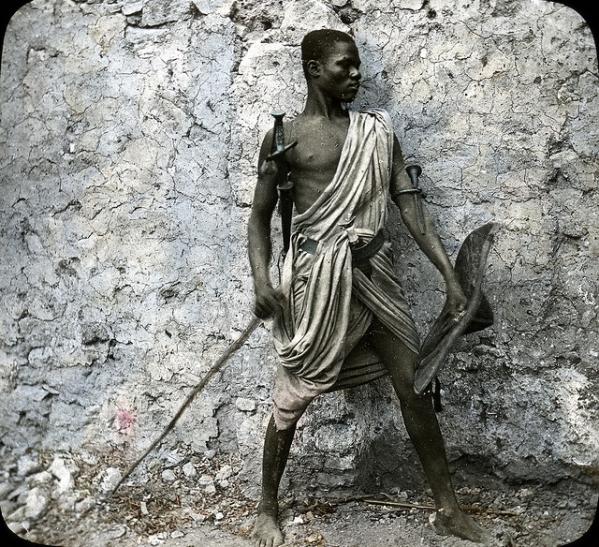
These guys need to feel like the poorly armoured and poorly marshalled troops Strabo was referring to...
Armour and fancy stuff is for heroes, champions and some quilted cotton for pikemen and swordsmen..
-
 1
1
-
-
@wackyserious Sorry, I think I see what you want. You want to make a New Kingdom heavy infantry unit like that chariot team with spearmen and solid coloured shields. The problem is we don't have a specific unit like that (Napatan temple guard kind of represents it though). I'm all for more units, but the current selection is already large, and there are other units that would have the prerogative I think, (like chariots).
-
 1
1
-
-
Just now, wackyserious said:
Can these variations be implemented in the Nubian oval shields as well?
I was thinking of giving the following:
Tier 1: Patches (Red + Black)
Tier 2: Solid (White + Black + Red + ?Light brown?)
Tier 3: Rhino + Leopard
This is not so good. Oval hide shields for the Nubian spearmen need to be white with black or red patches. Those are the only type of shields they get. Remember that these are the most basic citizen units and they're not supposed to be good units. No armour, inferior weapons... definitely no rhino or leopard stuff. Let the cheap units be cheap. Kush comes in to it's own with champion units, and good archers. The tiers will be defined by sashes and other adornments like necklaces and such, but the shields remain the same.
Think of the Nubian and Nuba units as the most stereotype loincloth warriors. The urban elites with their fancy stuff appear among swordsmen and pikes, and the royals and nobles as champions. The King as hero can go all out, but you got them covered
Just now, wackyserious said:Can lion skin be also used for elite ranks?
As a shield? I'm not sure. As a loin-pelt for higher ranking Nubians, yes.
-
 1
1
-
-
33 minutes ago, wackyserious said:
can we assume that those shields have cow hides that have one color? What if there are several cows that have huge patches in their hides? Don't you think it is possible that single colored cow hide shields were a thing in the past?
Sure... But as you can see in most pictures the colours are mixed in with each-other. You could have one unit with solid colours (black & red), and another unit with patches (black & red), but not some shields with patches and some without in the same unit. I actually think the solid coloured versions are painted...
33 minutes ago, wackyserious said:-
All whiteBEIGE - All black
- All brown
- All reddish brown
Cool
33 minutes ago, wackyserious said:And who should use this then? Based on the picture, should we give these stuff to 2nd tier units?
We should only use Egyptian style shields like that for:
- Napatan temple guard: but they get the leopard pelt
- Apedemak's temple guards
- pikemen, from the second tier going (but I was thinking to use the giraffe hides mixed with cow hides for them, both for small round shield and egyptian type shield, or maybe they could get the solid colours??)
So out of the citizen soldiers, only pikemen get those shields (remember we're not New-Kingdom period but Napatan and Meroitic).
By the way, I found a second very clear image of that shield type being offered to the Egyptian pharaoh Ramesses II, by Kushites, along with other Kushite items exported to Egypt:
Shields in middle uppper section, with ebony logs, ivory, fans, ostrich eggs furniture, exotic pelts, bows, pottery, gold, slaves and exotic animals including a lion (those Kushite lions...) The guy on the far right is Amenemopet, the Viceroy of Kush.
Full image for context (Ramesses II subjugation of Kush), from Beit El Wali (Nubia):
Another possible horse crown variation. This is just a cutout from a public domain image (100 + year old). Don't know if this is useful or not?
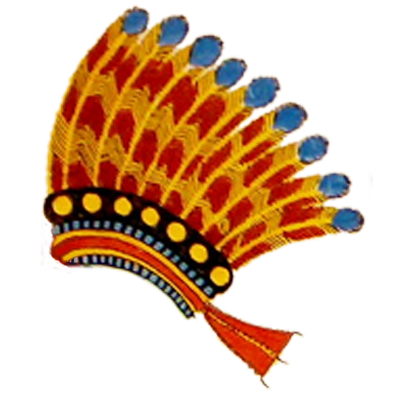
-
 2
2
-
-
@Alexandermb, if you're interested:
We need a Kushite feathered horse-crown (prop), to replace the current Seleucid placeholder. I made a horse-crown texture with the exact outline:
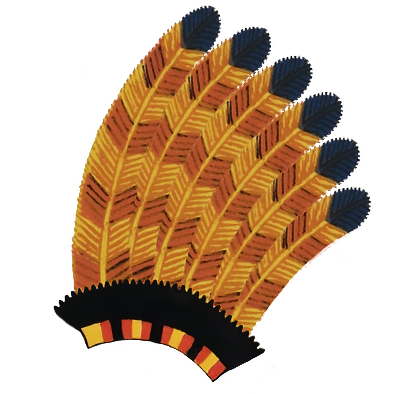
I made use of a 19th century image in the public domain
I'm not sure if it should be used by cavalry champions or only by the mounted heroI forgot wowgetoffyourcellphone's awesome idea: Noble cavalry upgrade to Royal cavalry (after tech research). Noble cav doesn't get horse-crown, royal cav does...
This one is for the mounted hero:
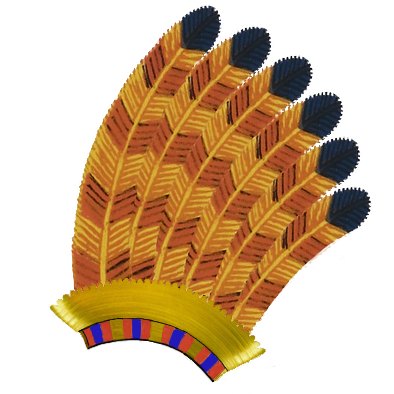 Spoiler
Spoiler -
2 hours ago, Lion.Kanzen said:
How works in AoE 2
Not a bad concept... Although it's not very clear in AoE 2. Maybe we can simplify it: have one attack sound when your units get attacked and another one when buildings get attacked? It would help assess the severity of the threat.
(I've had my base overrun more than once without even realising because I was so engaged in a battle somewhere else on the map, and likewise, have overrun people's base without them realising because they were fighting somewhere else)
Those distance and time-paramaters are quite good (gives you an idea of the scope of the attack), but single units shouldn't trigger an alarm within 10 sec or 10 tiles of setting of one. (try avoiding annoying "alarm spam").
Maybe we can have an attack sound for when one unit get's attacked, and a second more serious/urgent sound when more than 10 units are under attack at the same time. Same for buildings. After the second more serious/urgent alarm has gone of, no more alarms should go off within a 100 tile radius, for a full minute of that alarm to avoid "alarm spam" (by now you already know you're under massive attack, and don't need to be reminded every 10 sec)
-
 2
2
-
-
Just now, wackyserious said:
Should I de-saturate it?
Perhaps a little, yes. The red seems to stand out too much. But the shape and all is good!
-
4 minutes ago, Alexandermb said:
i was working on the fisherman it took me about 4 hours to test something and still is WIP, i saw this post and decided to make this and rest a bit from the fisherman again i love more doing weapon's or mechanical animations rather than cloth/capes/humans hahaha.
It's funny how you can spend hours on one thing and just minutes on another. Either way, it's all making the game look and feel all the better!
5 minutes ago, Alexandermb said:For now it has 100 tris, wich isn't too much, so i hope you don't mind having 120 or 140
I don't know about max tris for props like this, but I think it's ok. Could you share the file here, so that @wackyserious or @stanislas69 can incorporate it for the Meroitic swordsmen? perhaps just fix it diagonally on the back, that would be best (if you could fix straps that go around the chest, that would be awesome)
2 minutes ago, wackyserious said:Is this how you wanted the sandals to look like?
Well, it actually turned out a little better than I was thinking, lol... I don't know if the colour is ok?
-
@Alexandermb, Jesus that was fast! Looks great
(I don't know why the one on the right is stretched like that though)side-view, of course, duh...Yaaaaay, Kushite sword scabbard!
One more thing is there could be 2 bronze rings, attached to those bronze bits in the middle, to attach the straps to. see examples.
Thank you!!!
-
@stanislas69, @Alexandermb, if you have time and interest, could one of you perhaps make a model for the scabbard of the Kushite swordsmen? I already made the texture with the exact outline. Is it good enough? I hope you can use it..

It's supposed to be attached to straps, hanging around the shoulder on the back, or be tucked under a belt.
Spoiler -
Ok, I think what's best is just 50/50 red/black for all the Nubian units: Kush_infantry_archer and Kush_infantry_spearman, as well as the Nuba mercs, kush_infantry_merc_javelinist and clubman
-
 1
1
-
-
1 minute ago, wackyserious said:
If you think they should all have it to better depict history, it will not be changed. Otherwise, give me a good ratio on how often should dyed hair appear in a variation
To get real technical, red dyed, blond dyed and black hair are all pictured. Red and blond (I know...) often appear together in ratio's of 50/50, but red is sometimes depicted exclusively, and black is also sometimes depicted exclusively. Red dyed and black appear most common, Blond appears regularly as well, but never exclusively.
4 minutes ago, Nescio said:Ochre or henna?
Red Ochre... Henna is used among Nubians today for painting hands and arms, but I don't think they use it for hair dying (I know other people do). Some tribes in Sudan (and Ethiopia/Kenya) still dye their hair red (with ochre).
South Sudan:
Omo Valley women, Ethiopia:
-
 1
1
-
-
@wackyserious, The ochre dyed hair is only for Kush_infantry_archer and Kush_infantry_spearman. They shouldn't necessarily all have it, but they could. Depends on what you think looks better.
-
Ah, yes indeed..

-
-
@wackyserious, sorry, sometimes I forget some nice references... This guy is essentially perfect for the top rank Nubian archer Kush_infantry_archer:
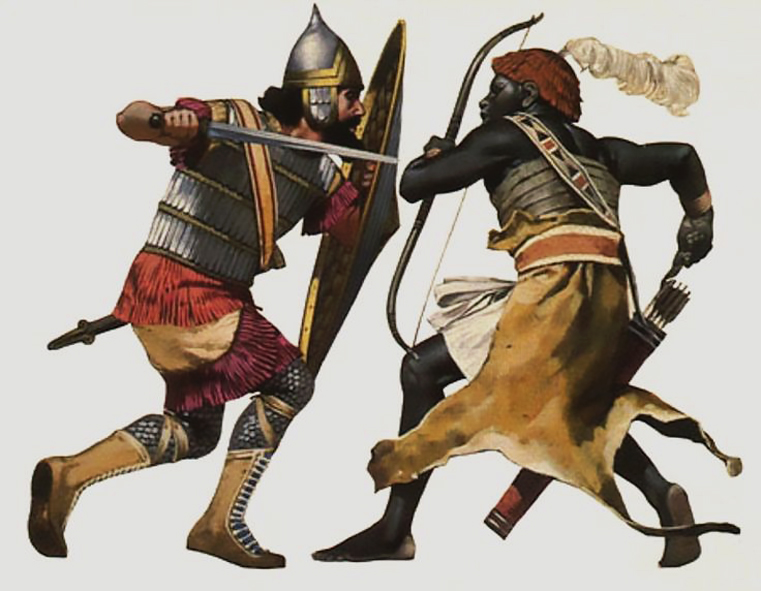

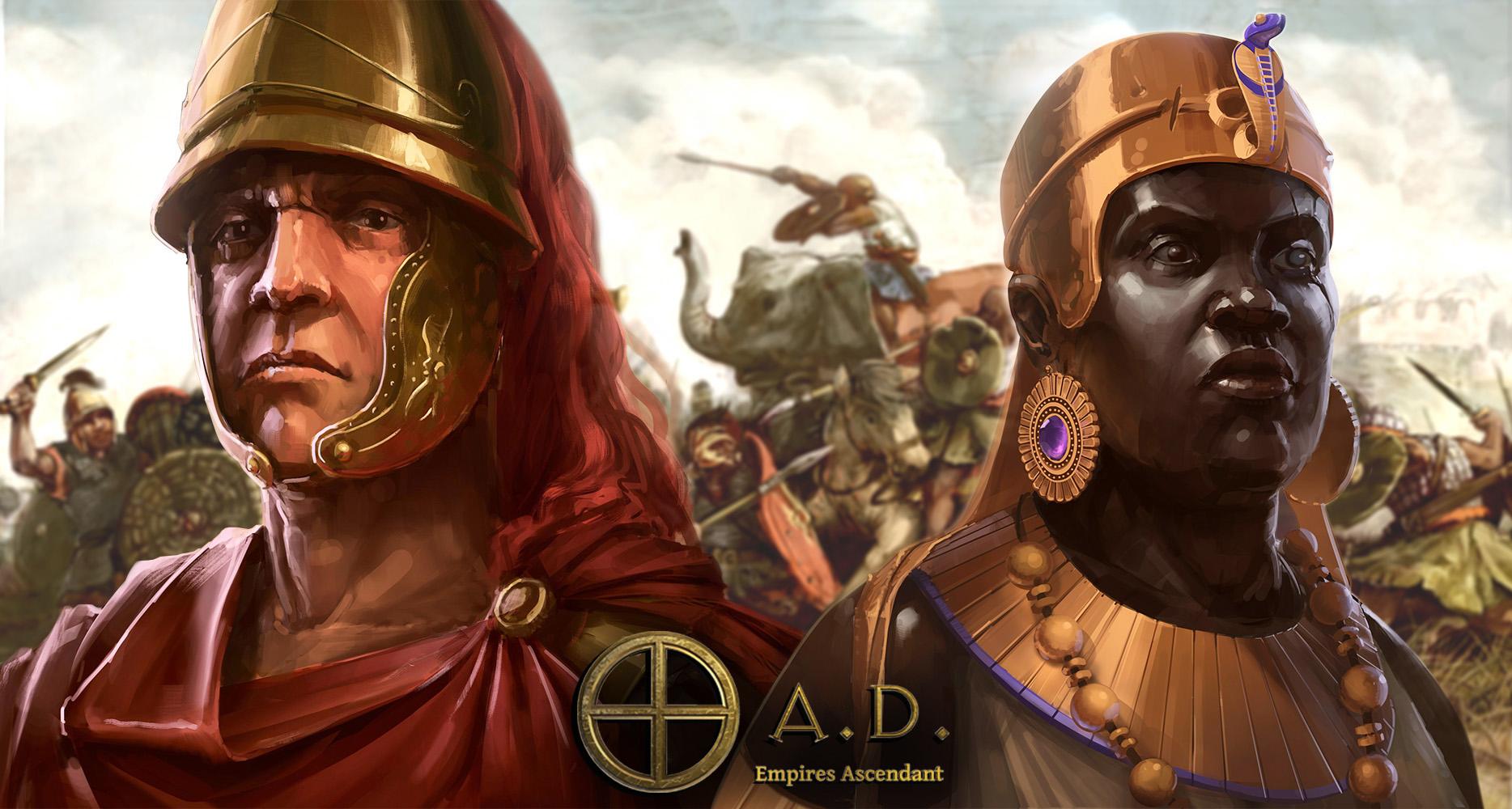


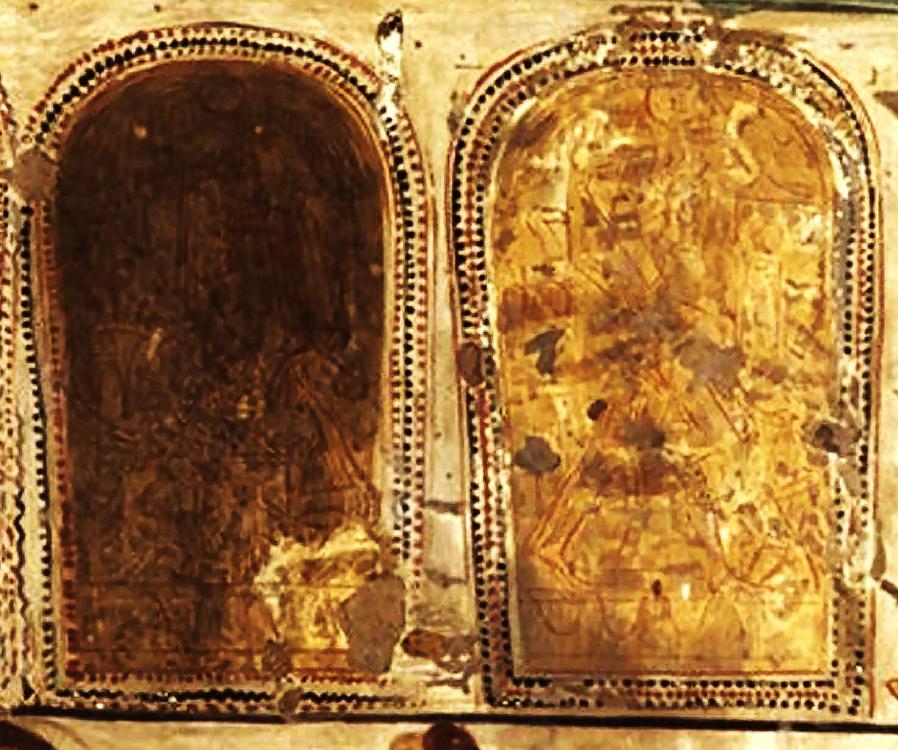
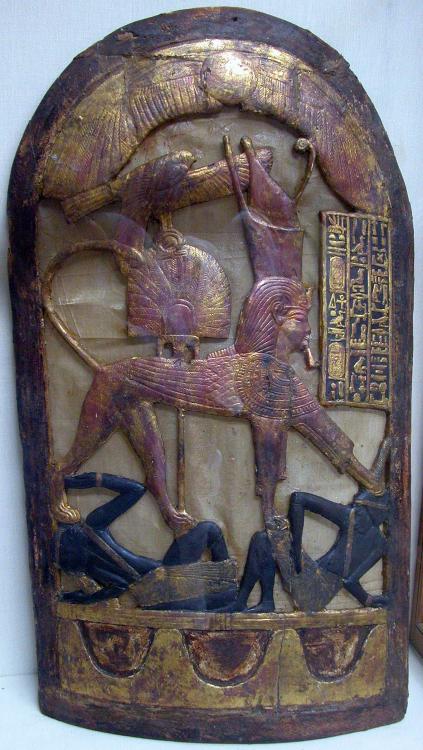
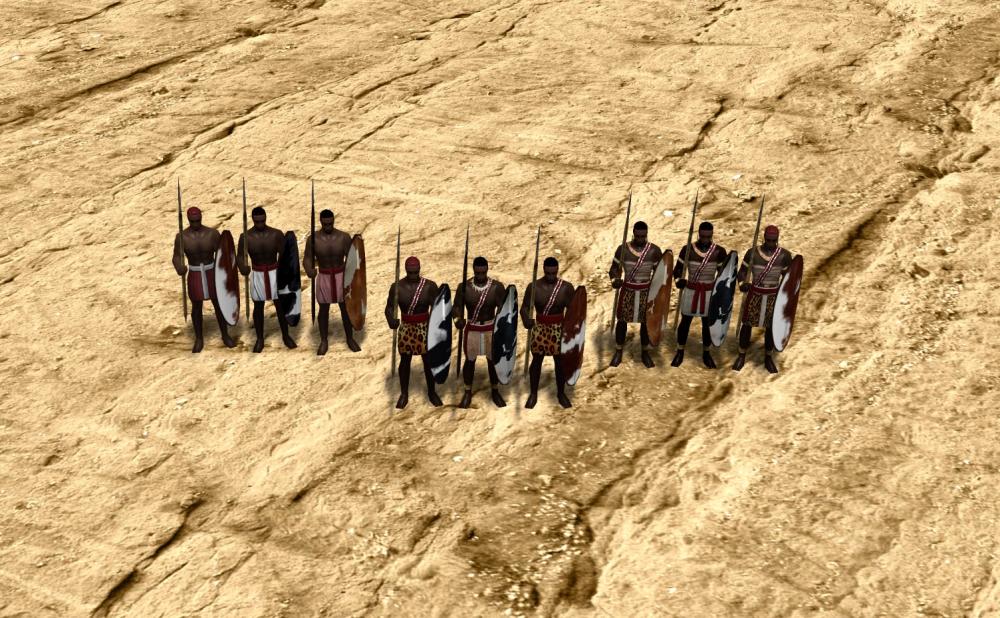


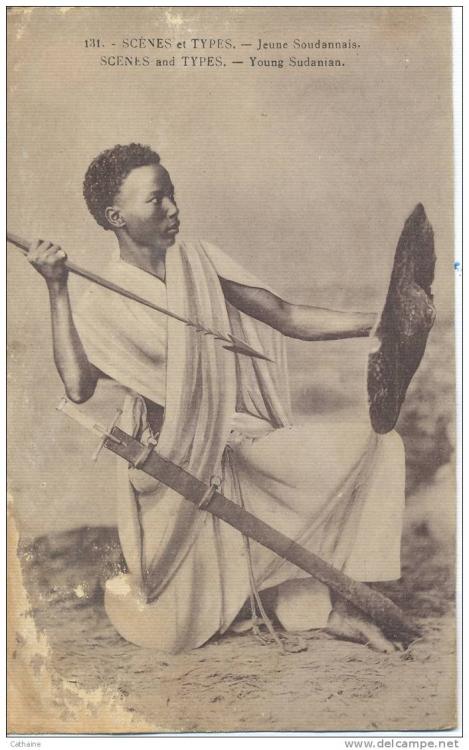
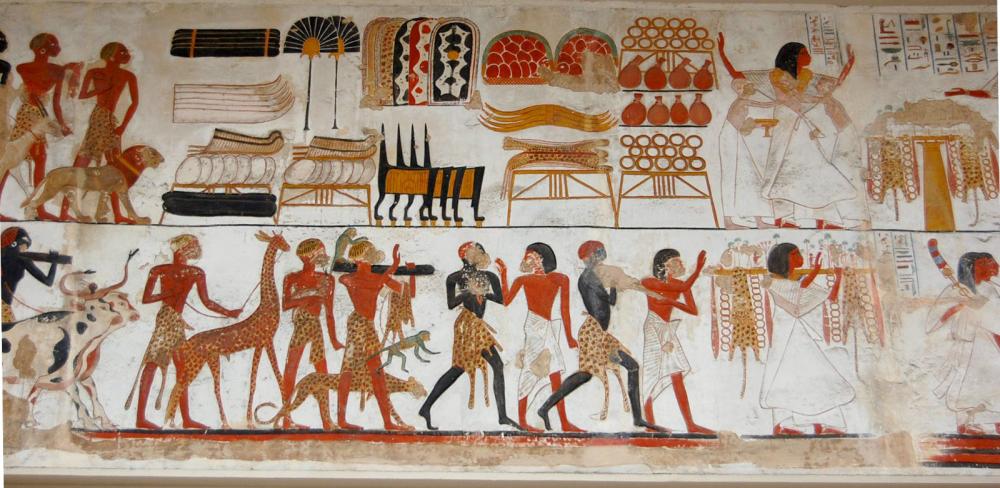
_which_Ramses_II_Constructed_in_Nubia_-_British_Museum.thumb.jpg.8ff192ebf868dbfca80d55c485c74c5c.jpg)
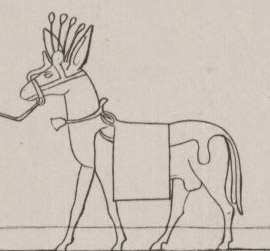
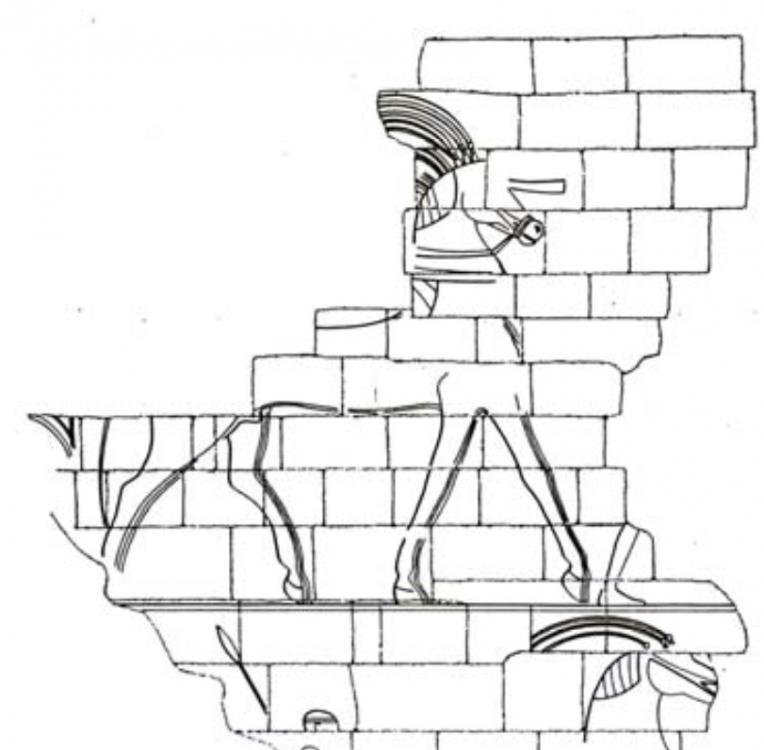
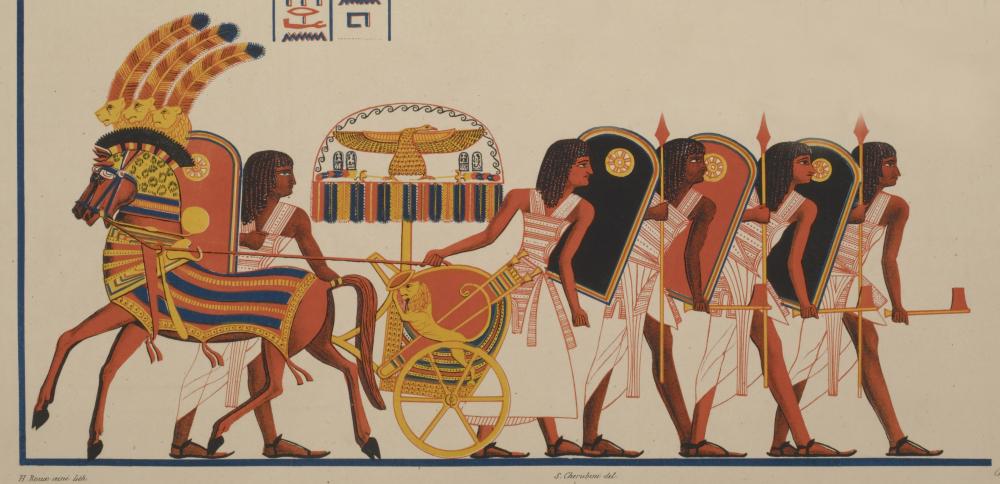
.jpg.3d3a242c210a968cadc4a80244907c14.jpg)
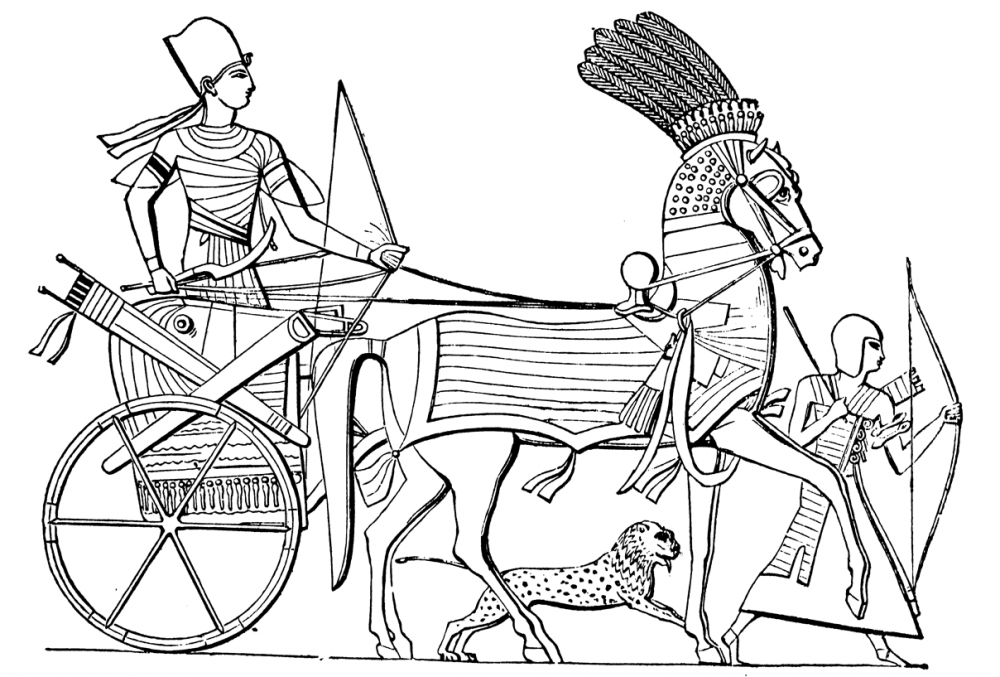
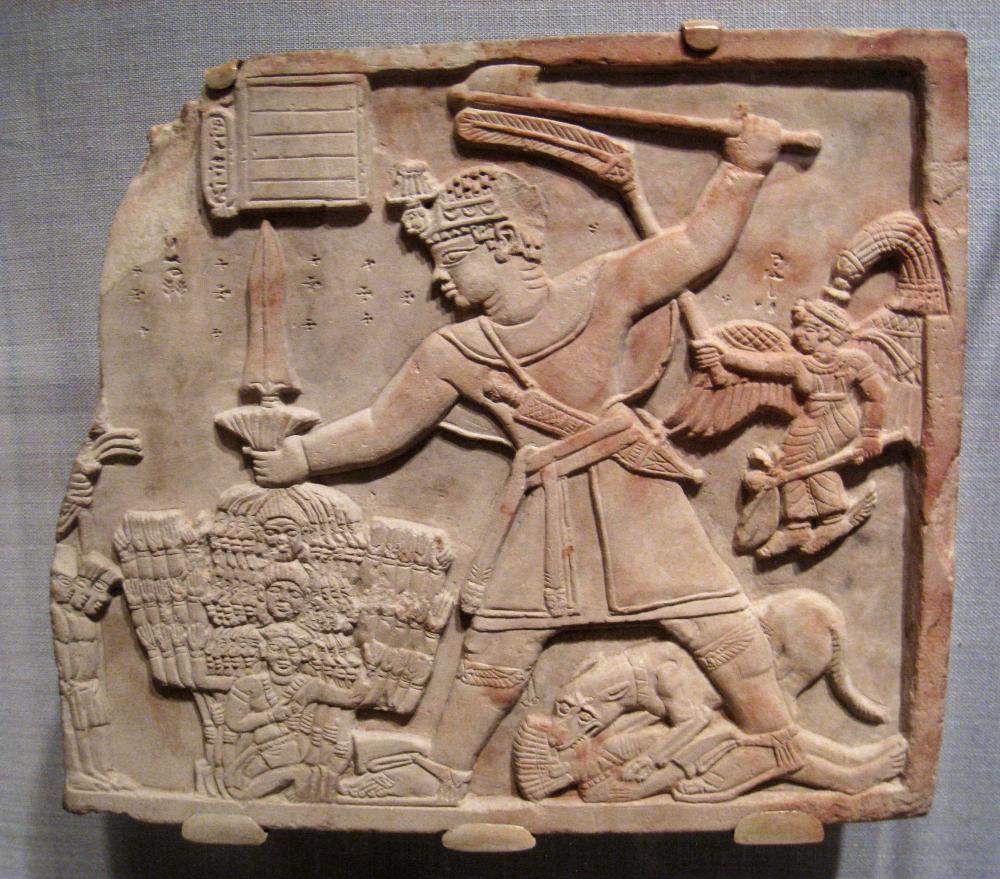
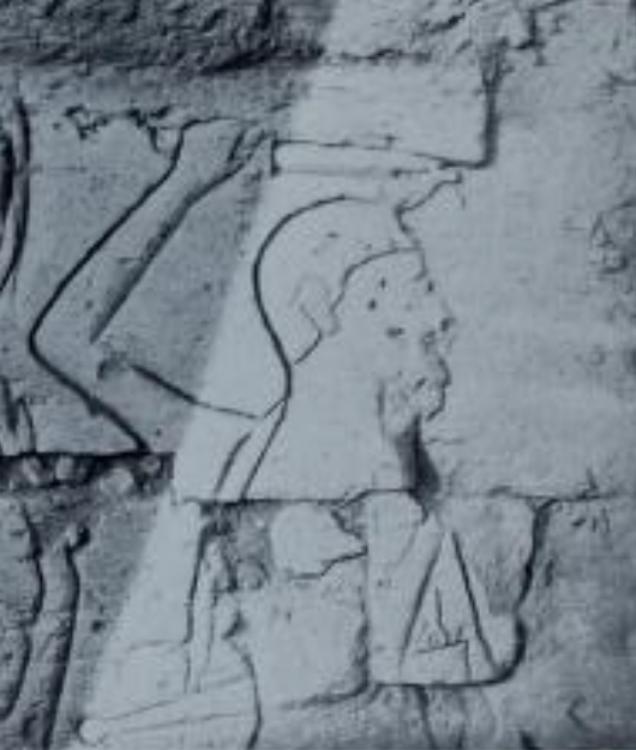

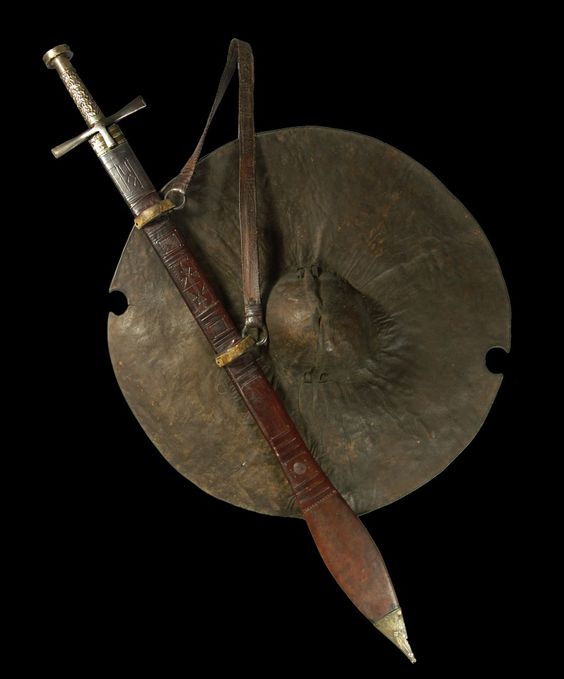
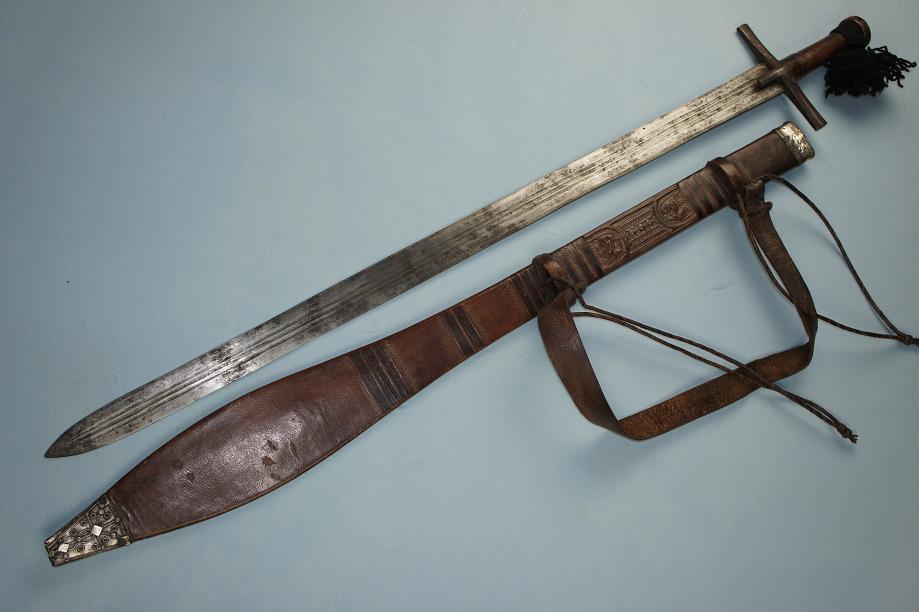
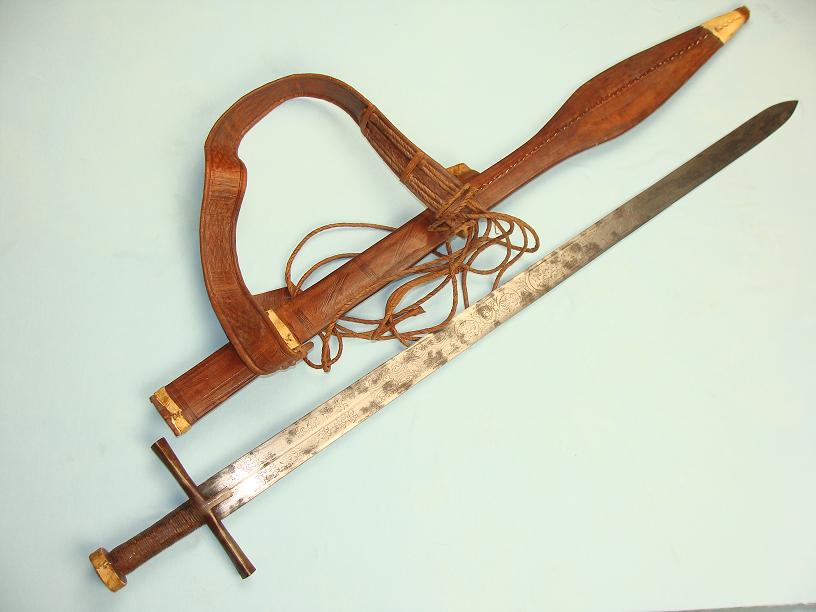
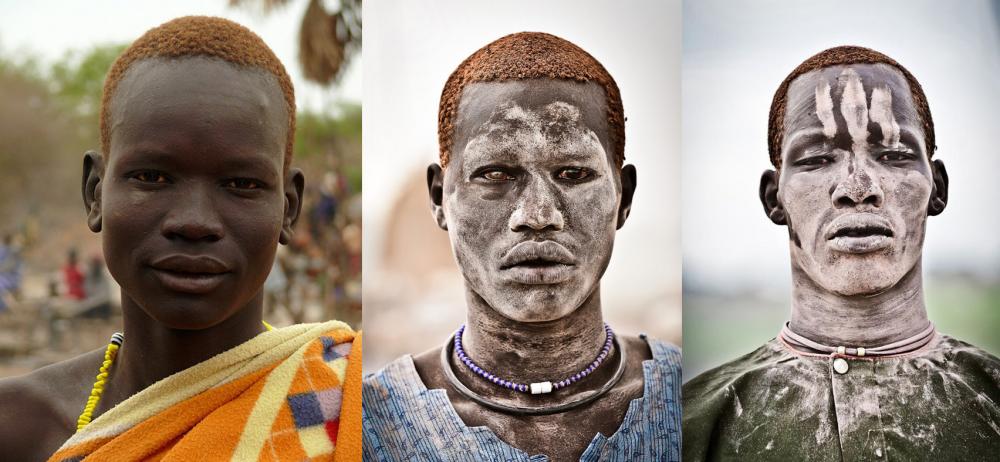
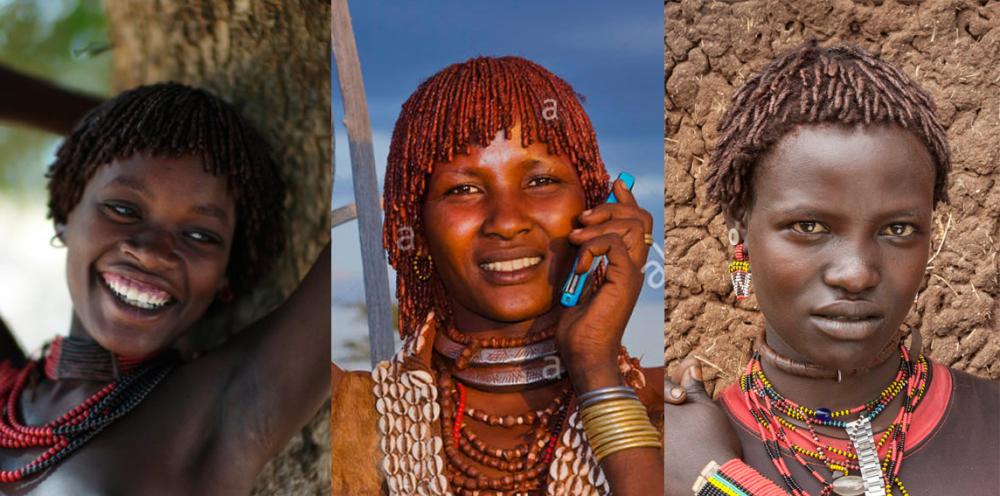
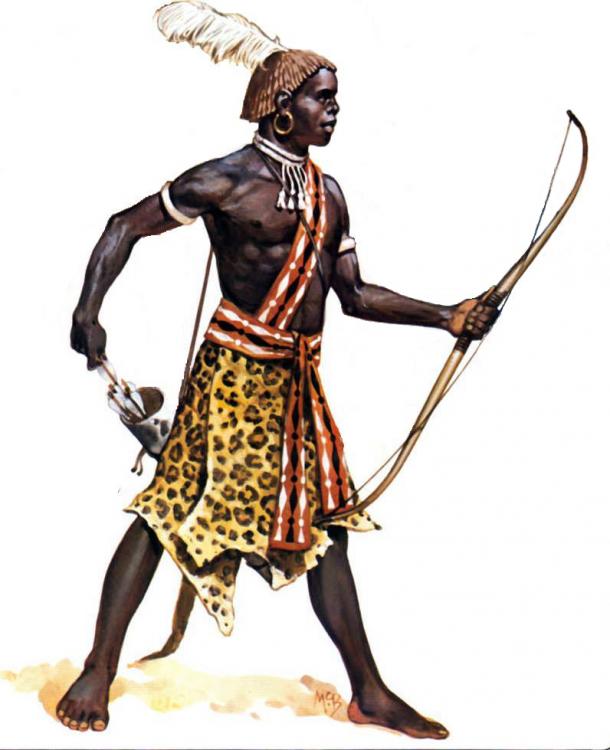
The Kingdom of Kush: A proper introduction [Illustrated]
in Official tasks
Posted · Edited by Sundiata
The Kingdom of Kush: names and terminology:
A complete list of Napatan words for every structure and unit
@elexis, @stanislas69, @wowgetoffyourcellphone, @Hannibal_Barca
The Meroitic language remains barely understood, but luckily for us, the Egyptian dialect, known as Napatan was used widely until the 3d century BC, and is well understood.
Fontes Historiae Nubiorum is an extensive collection of translations of Kushite texts, as well as a discussion of Greek and Latin texts mentioning Kush. The fourth volume contains a selected list of (Napatan) Egyptian words used in the various texts, and provides us with all the names and terminology we need. I made a selection of words potentially relevant to 0AD, suggestions are welcome (try to to go through the original texts in the first 2 volumes to understand the context within which these words are used).
One hiccup is that it's all written in phonetics, and I have no easy way of writing phonetics (or copy-pasting from the scanned source) at the moment. So it's just bare bone letters, without the extra symbols, making proper pronunciation very difficult. The fact that vowels were largely ignored by Kushites makes pronunciation even more difficult. If somebody feels compelled to redo this list with all the correct phonetic values, I'd be eternally grateful.
A few examples on how some of these words are popularly pronounced today:
There are a few Meroitic titles included, and a single semitic loanword for camel, used in the ancient Egyptian language. I tried my best to use the most appropriate words and combination of words available, but I'm not a linguist, and mistakes are very possible.
The following list contains the generic name, followed by the indigenous one, followed by the literal translation for every term:
Structures:
Barracks : pr-ms’yw (house of soldiers)
Blacksmith : hmw h’y n r3-‘ (weapon smith)
Civil Centre : Pr-nsw (palace, royal residence)
Corral : ihy (stall)
Defense Tower : tsmt ‘3 (great battlement)
Dock : Mryt (harbour)
Farmstead : snwt (granary)
Field : sht (field, countryside)
Fortress : Htm (fortress, stronghold)
House : Pr (house)
Market : Pr-sbt (house of exchange)
Outpost : trtr (counterwork)
Pyramid large : mr ‘3 (great pyramid)
Pyramid small : mr (pyramid)
Sentry Tower : tsmt (battlement)
Storehouse : wd3t (storehouse)
Temple Amun : Pr-‘Imn (house of Amun)
Temple Apedemak: Pr-‘Iprmk (house of Apedemak)
Wall Gate : ’ryt (gate, door)
Wall : sbty (wall, fortress, stronghold)
Wall Tower : s3wt (battlement, wall)
Wonder : Mnw nht (mighty monument)
Units:
Camel javelinist : nhw Bulahau gml (auxiliary Blemmye camel)
Catafalque: Wtn n ‘Ist (barque of Isis)
Cavalry javelinist : iry hr ssmwt (companion on horseback)
Cavalry Spearman : Htr (cavalry)
Champion Cavalry : Htr Ms’ n mh-ib (elite cavalry)
Champion Elephant : Abore ‘h3 (war elephant)
Champion Infantry Archer : Hry pdty (captain of archers)
Champion Infantry Amun : rs ‘Imn (guardian of Amun)
Champion Infantry Apedemak : rs ‘Iprmk (guardian of Apedemak)
Hero Amanirenas : Amnirense qore li kdwe li (Amanirenas, qore and kandake)
Hero Arakamani : Qore ‘Irk.‘Imn (King Arakamani)
Hero Nastasen : Nist3sne hwy pdt psdt (Nastasen, he who smites the nine bows)
Infantry Archer : pdty Nhsyw (Nubian archer)
Infantry Clubman : nhw noba (nuba auxiliary warrior)
Infantry Merc Javelinist : nhw ‘h3w noba (nuba auxiliary missile warrior)
Inantry Pikeman : si3wrd (mutilators)
Infantry Spearman : iry-rdwy Nhsyw (Nubian footman)
Infantry Swordsman : knw hps (khopesh soldier)
Siege Tower : iwn n ms (movable tower/siege tower, also translated as battering-ram)
Ship bireme : shry (ship)
Ship fishing : Wh’-rmw (fisherman)
Ship merchant : D3y sbt (river-boat of exange)
Ship trireme : shry ‘3 (great ship)
Female Citizen : shmt (woman)
Support Healer : w’b nsw (royal priest)
Support Trader : rmt sbt (man of exchange)
Hero Harsiotef : Harsiotef Kanakht Khaemnepet (Harsiotef the Mighty Bull appears in Napata) (I'll bring this up tomorrow)
For technologies, take a look at the first section in selected Egyptian words in the spoiler: "overseers". I think this is what should make the Amun temple so special...
e.g.:
"Imy-r..." could be used in combination with other words to make a satisfactory selection of technologies, such as "Imy-r sd" (overseer of taxation): +...% income from international trade. There's a potential gold mine of ideas in the following list of words.
Selected Napatan Egyptian words recorded in Kush:
Overseers:
- Imy-r : overseer
- Imy-r w’bw : overseer of Waab-priests
- Imy-r s nm hwt-ntr : overseer of every man of the temple complex
- Imy-r ms’ : overseer of troop, general
- Imy-r md3t : overseer of documents
- Imy-r3 –pr : overseer of a temple
- Imy-r hsiw : overseer of singers
- Imy-r htm : overseer of a fortress
- Imy-r sd3wtyw n pr-nsw : overseer of seals of the king’s estate
- Imy-r snwt : overseer of a granary
- Imy-r kdw : overseer of builders
- Imy-r kt : overseer of works
Other titles:
- W’b nsw : royal priest
- Iry-p’t : hereditary prince
- Iry-‘ : record keeper
- Hry : overlord, master, lord
- Shn : command, general
- T3z, Tsy : commander
- Imy-r3: general
- Hry pyt : captain of archers
- Hry hrp nfrw : commander in chief of cavalry
- Mr ssmwt : cavalry general
- P3 tsy3 n p3 mw: lord of the water, officer of the fleet [?]
- Mr ms’ n p3 mw: general of the water
- Wr : chief, chieftain
Meroitic titles:
- Qore : ruler
- Arbetke : corn-measurer
- Kdke, ktke (kandake, candace): queen, king’s sister
- Arbetke : corn-measurer
- Pelmos : strategus, district comissioner
- Pelmos adblise : strategus of the land
- Pelmos atolise : startegus of the water
- Peseto, pesto : king’s son, governor
Military:
- Knw : soldier, brave fighter, war horse
- Tsew : band, unit
- D3m : recruit
- Ms’, ms’yw : army, force, soldiers, troops
- Pdty : bowman, archer
- Stt : archer
- Iry-rdwy : footman
- Iry : companion
- Nhw : auxiliaries
- Htr : horse, cavalry
- Tnt-htr : chariotry
- Wrryt : chariot
- Nb hps : lord of the khopesh
- Ms’ n mh-ib : elite troops
- Wpwti : messenger, envoy
- Rs : guardian
- Si3wrd : mutilators
- Rd, rt : agent
- Skd : sailor
- iwn n ms: movable tower/siege tower
- H3’’ : catapult
Civilians:
- Kiry : worker
- K3ry : gardener
- ‘hwty : cultivator
- Iswt : gang of workmen
- Hmw : craftsman
- Wr hmw : master craftsman
- Hmw nbw : goldsmith
- Mniw : herdsman, herder
- Sk3 : plower
- Wh’-rmw : fisherman
- Shmt : woman
- Rmt : man
- Niwtyw : townsmen
- Grgw : hunter
- Sri : child
Enemies:
- H3ty sbiw : leader or rebels
- Brw, hyr : enemy,oponent, rebel
- Bds : rebel
- Bst : rebellion
- Hfty, hft : enemy oponent
- Snti : insurgent
- Hnr : prisoner
- Skr : prisoner
Military Structures:
- Htm : fortress, stronghold
- S3wt : battlement, wall
- Sin : mudbank
- Tsmt : battlement
- Trry : counter-wall
- Trtr : counter-work
- Trryt : embankment
- Sbty, sbtt : wall, fortress, stronghold
- Inb: wall
- Inhy3 : enclosure
- ‘Ryt : gate, door
Non-military structures:
- Pr : house
- ‘Wi : house
- Mr : pyramid
- Is : tomb
- ‘h, ‘ht, ‘t : palace, royal residence
- Pr-‘3 : palace, royal residence, great house
- Pr-nsw : palace, royal residence
- Hwt-ntr : temple complex, temple compound
- Pr-hd : treasury
- R3-pr, irpy, rpy, rpy3 : temple, sanctuary
- Pr-‘Imn : House of Amun
- Pr- ‘Iprmk : House of Apedemak
- Hm : immage, statue
- Tit, twt, twtw : image, statue
- ‘t-hnkt : beer-hall
- Wd3t : storehouse
- Wd3 : magazine, storehouse
- Sn’ : storehouse
- Ihy : stall
- Ih : stable
- Snwt : granary
- Wd3 : barn
- Snwyw : court
- Knbe : court
- Mnw : monument
- Hw : ruin
- Mn, mtn, mtnw : road, avenue
- Sht : field, countryside
- Dmi, d3y, tyme : town, harbour
- Mryt : harbour
Material:
- Sny : tree
- Snwt : palm grove
- Kwk: fruit of Dom-palm
- Bnr: date palm
- Sndt : acacia
- Hbn : Ebony
- Nht : sycamore
- ‘s : cedar
- mnw : grove
- St3w : stone, quarry
- D’m : gold
- Nbw : gold
- Hd: silver/money/livestock
- Hmt : copper
- Db3t : brick
- P3kt : fine linen
- Ssr-nsw : royal linen
- Sdb : garment
- 3by : panther skin
- mht : feather
- 3bw : ivory
- Irtt : milk
- Iwf : meat
- It : barley
- Ikn : hoe
- Nmt : chopping block
- Ikmw : shield
- H’y n r3-‘ : weapon
- Pdt : bow
- Ssr : arrow
- ‘h3w : missile, arrow
- inr : stone missile
Animals:
- Dybn : animal, domestic animal
- Smsm, ssmt : horse
- T3y : stallion
- Tsm : dog
- ‘wt : small cattle, sheep and goat
- ‘nh : goat
- ‘3 : donkey
- 3pd : bird, fowl
- Sr : giraffe
- Rmw : fish
- K3 : ox, bull
- Hrp, i3dt, iht, hd, tp-i3w : cattle, livestock
- Abore (meroitic): elephant
- Gm(w)l (semitic loanword) : camel
Boats:
- Shry : boat, ship, fleet
- ‘h’ : boat, ship, fleet
- d3y : river boat
- Mhn : ferry
- Wtn, wi3 : barque
Agression:
- H3k : capture, plunder
- H3t : advance
- Sm3, sm3n : slaughter, massacre, blood bath, kill, slay
- H3yt : bloodbath, slaughter
- Dwn : drive off
- Hfs : repel, hinder
- Knkn : fight
- Tp-rd n ‘h3 : plan of attack
- Gw3 : besiege, close in on
- Hd, ph : attack
- Wdyt : campaign
- Pg3 : battlefield
- Hr-‘h3 : battlefield
- Hdb : kill
- Phrr : run
- W’r : flee, withdraw
- 3’bt : suppression
- ‘h3 : battle, war, attack
Other terms:
- ‘h, hrwt : festival, feast
- sd: taxation
- sntr : incence, burn incence, cense
- sbt : exchange
- mdt : affair, matter, business, deed
- d3d3t, d3d3 : council
- dw3 : worship, adore
- drp : sacrifice
- 3srw : burnt offering
- smnh : embellish, beautify
- s’s3 : multiply
- hk3et : measure
- h’py : inundation
- ntr : god
- mdw-ntr: god’s word
- fk3 : reward, bribe
- wsr : strong
- wsryt : mighty, powerful, strong
- nht : might, mighty deed, victory, powerful
- T3 sti : bow-land
- Nhsyw : Nubians
- Nbew (demotic) : Nubians
- Blhlm (demotic) : Blemmye
- Bulahau : Blemmye
- i’i : irrigate
- k3t : work, task, workmanship
- kd : construction, build, rebuild
- hr ssmwt : on horseback
- B-r-w3-t : Barawe, Meroë
- Bedewi, Bedewete (meroitic) : Meroë
- Npt : Napata
- Nptete (meroitic) : Napata
- Ihy3 : wealth
- Wtn n ‘Ist : barque of Isis